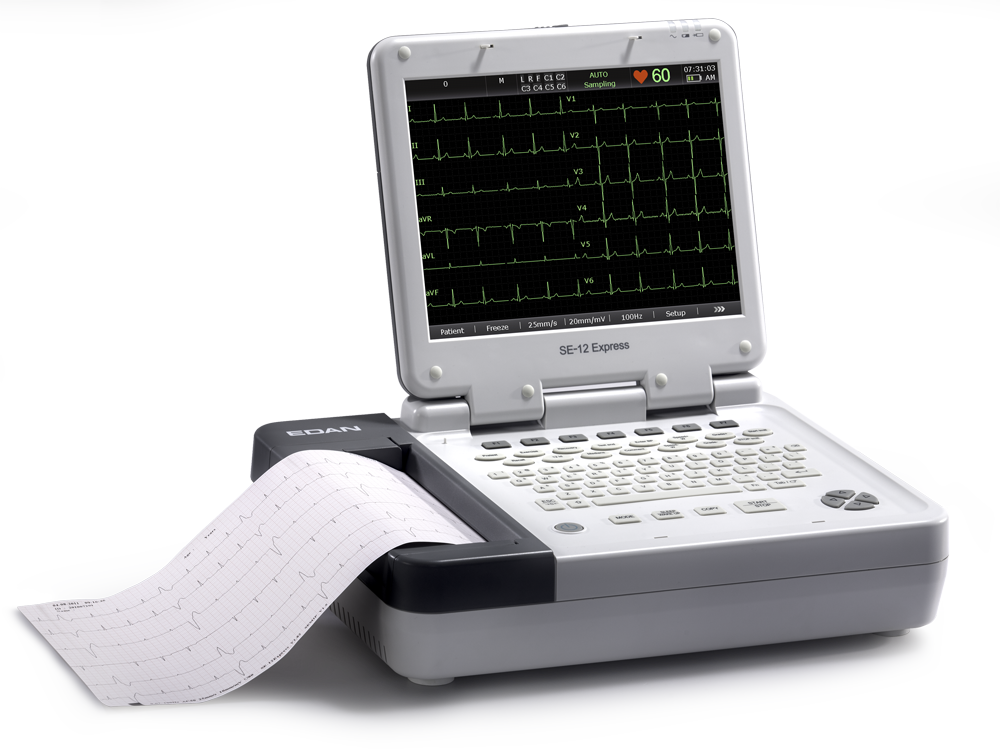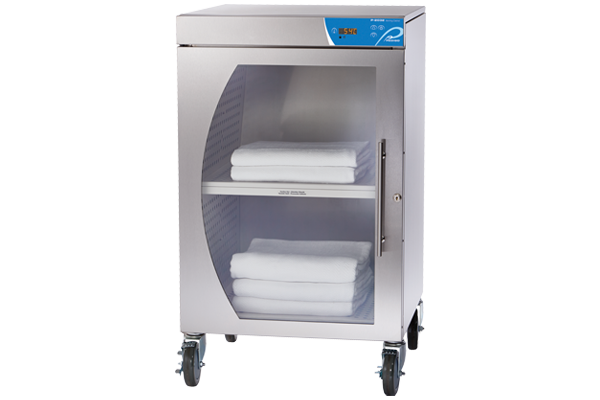Surgical Lighting Questions & Answers
Illuminating Excellence: How to Select the Best Surgical Lighting for Your Surgery Center
Choosing the right surgical lighting is crucial for the success of any surgery center. Proper illumination ensures that surgeons can perform complex procedures with precision and safety. Here are some key factors to consider when selecting the best surgical lighting for your surgery center.
1. Illumination Intensity
The brightness of surgical lights, measured in lux or foot-candles, is a critical factor. High-intensity lights (100,000 lux or higher at a distance of 1 meter) provide the necessary illumination for deep body cavities and intricate procedures. Adequate brightness ensures that surgeons can see clearly, reducing the risk of errors.
2. Color Temperature
Color temperature, measured in Kelvin (K), indicates the warmth or coolness of the light. Surgical lights typically offer color temperatures between 3,700K to 5,000K, mimicking natural daylight. This range is ideal for accurate tissue rendition, allowing surgeons to distinguish between different tissue types and colors effectively.
3. Color Rendering Index (CRI)
The Color Rendering Index (CRI) measures how accurately colors are revealed under the light. A high CRI (95-100) is essential for surgical lights to ensure that anatomical landmarks and tissues are accurately assessed. High CRI lighting helps surgeons make precise decisions during procedures.
4. Shadow Reduction
Shadows can obstruct the surgeon’s view and hinder the procedure. Look for surgical lights with multiple overlapping lightheads, parabolic reflectors, and diffusers to minimize shadows. Soft, uniform, shadow-controlled illumination is crucial for maintaining a clear view of the surgical site.
5. Spot Size Adjustability
The ability to adjust the illuminated spot size is important for different surgical needs. Surgical lights should allow for spot size adjustments from around 8 inches for focused cavity lighting to 14 inches or more for broader incision lighting. Touchscreens or automated adjustments can enhance convenience and precision.
6. Depth of Field
Depth of field refers to how far below the skin surface the light penetrates to illuminate deep tissues and cavities clearly. An optimal depth of field (around 20 inches) ensures that surgeons can see all necessary details, even in deep or layered tissue.
7. Heat Emissions
Prolonged exposure to surgical lighting can become uncomfortably hot for surgeons. Choose lights with efficient thermal design and low heat emissions to enhance comfort during long procedures. Low heat emissions also help maintain a comfortable operating room environment.
8. Maneuverability
The ability to position the lights easily over different sites and angles is essential. Look for lights with flexible arm and head rotation ranges of 330° or greater1. Maximum maneuverability allows optimal lighting as surgeons shift around the patient, ensuring consistent illumination.
9. Durability and Maintenance
Surgical lights are a significant investment, so durability and ease of maintenance are important considerations. Choose lights made from high-quality materials that can withstand frequent use and rigorous cleaning protocols. Lights with removable and replaceable parts can extend the lifespan of the equipment.
10. Cost and Budget
Finally, consider your budget when selecting surgical lighting. While it’s important to invest in high-quality equipment, there are options available at various price points. Evaluate the long-term value and return on investment when making your decision. Refurbished lights can be a cost-effective alternative without compromising on quality.
Selecting the best surgical lighting for your surgery center involves careful consideration of various factors, from illumination intensity to maneuverability and cost. By taking the time to assess your needs and explore different options, you can choose lighting that enhances surgical precision, safety, and outcomes.




